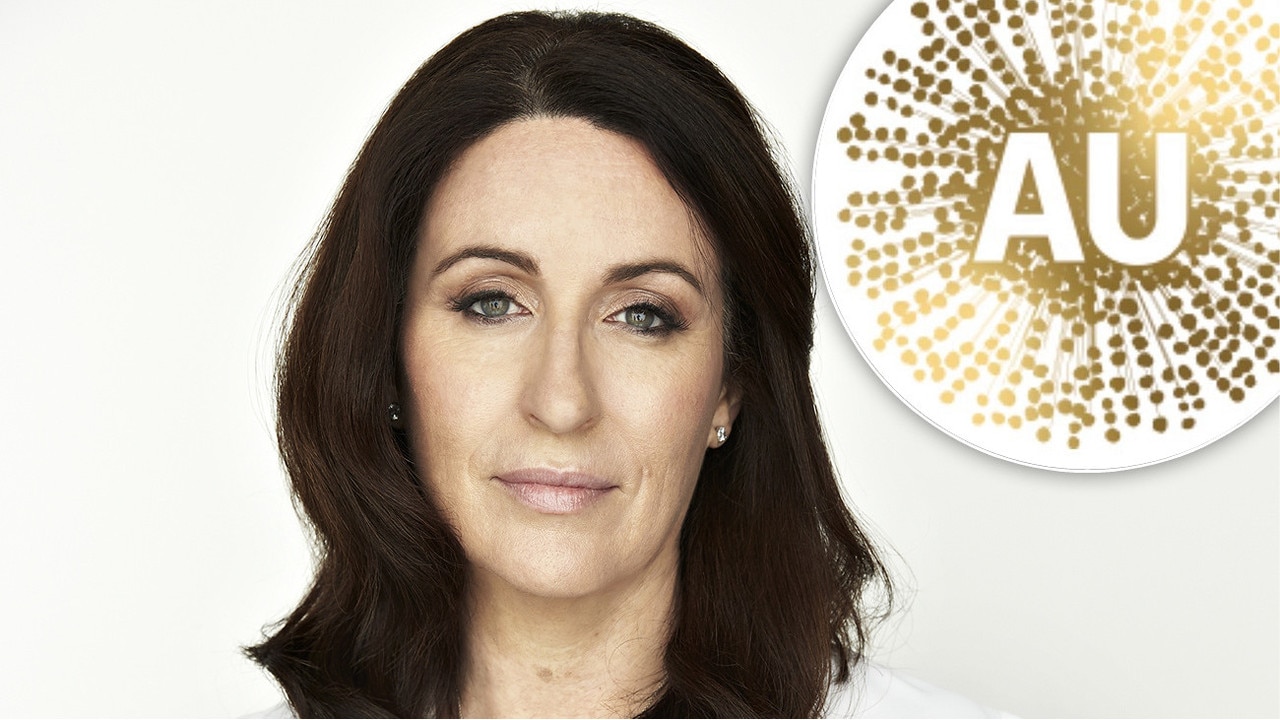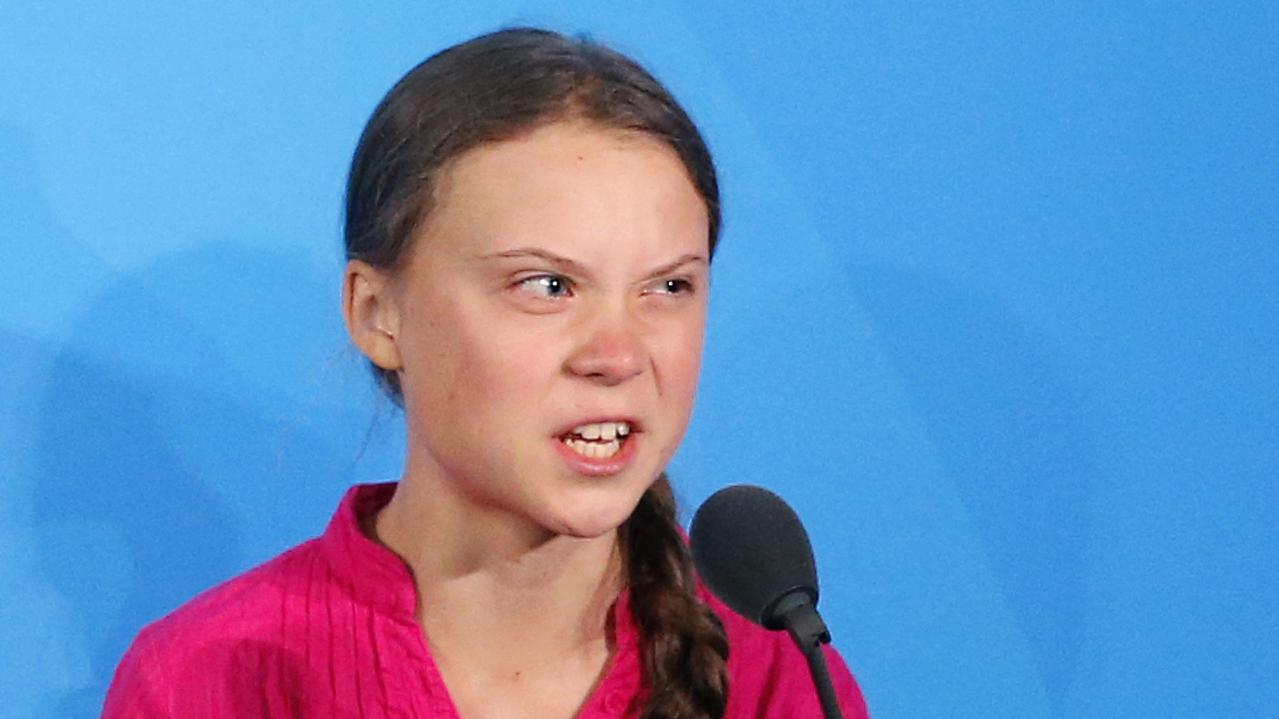Aged care providers must prioritise care over cash
THE average net profit an aged care provider makes per resident, per year, is $11,134 – yet one in seven failed accreditation checks, and horror stories of appalling care and suffering of our elders abound. We can’t allow this to go on.
Rendezview
Don't miss out on the headlines from Rendezview. Followed categories will be added to My News.
IF the one in seven aged care facilities which have failed accreditation checks in Queensland in the past year represents “the tip of the iceberg”, as the Queensland Nurses and Midwives Union secretary Beth Mohle has said, then we’ve got a big problem.
Trite it maybe to repeat them, but Gandhi’s words on how the true measure of a society can be found in how its most vulnerable members are treated, hold true.
First some facts: the 2017 Aged Care Financing Authority report shows that, in 2015-16, there were 234,931 older Australians in 949 residential care facilities, 10 per cent of which were government owned, 35 per cent private enterprises operated for profit, and 54 per cent run by churches and charities as not-for-profit.
It’s worthwhile, however, reading on because, in fact, the number of “operational places” (aka beds) run by for-profit enterprises is growing.
Now we should talk about money. The sector is very, very big business. In 2015-16, the residential care subsector received around $11 billion in Commonwealth funding and that’s expected to rise to about $12.5 billion this financial year.
The ACFA report describes the financial performance of residential care providers as “generally strong”.
It says providers generated revenue of $17.4 billion in 2015-16, equating to $263.92 per resident a day, with residents contributing around $4.5 billion toward their living expenses, care and accommodation — this is, notably, not including accommodation deposits.

In terms of profitability the report says the average bottom line profit per resident, per annum, was $11,134, up 8.9 per cent from 2014-15.
As for the accommodation bonds — now called refundable accommodation deposits — well, I hope you’re sitting down because, as at June 30, 2016, 82,006 of our older Australians in care had paid bonds totalling nearly $21.9 billion — an average of $266,717 per person, the interest from which the providers pocket.
Just on this, the bonds differ wildly. A colleague’s parents recently paid out a whopping and, to my mind unconscionable, $900,000 ($450,000 each for their one room accommodation).
I doubt the taps in their ensuite bathroom are gold-plated and my colleague told me gloomily that her mother had described some of the food served at mealtimes as “slop”.
When my Mum made the move to residential aged care, her bond was calculated from her modest assets by the not-for-profit provider at a six-digit figure, leaving her with a residual that was just $3000 more than the bare minimum required under legislation.
We had to pay the bond from the date of accepting the room and, not being able to do so because Mum’s home had to be sold to pay it, penalty interest at a ridiculous 6.95 per cent (also regulated by the Commonwealth) began accruing immediately. After a few months, in what was then a dead market, we pretty much had to fire sell her place and, even so, had to hand over $8260 in penalty interest.
But I’m really only talking about money because, in the context of the huge sums involved in the sector, there can be no excuse for low standards of care — there can be no defence for any provider running a skeleton staff so our old folk are left in soiled and wet clothing and bedding, for our old folk being fed fatty and otherwise unhealthy, badly prepared food costing less than $6 a day, for them to be suffering malnutrition and dehydration, for them to be injured through falls or assaults that also go unreported.

Perhaps our family is lucky but I believe Mum receives very good care. I guess it helps I live just two minutes away and visit regularly.
But this is how it should be for Mum: She was born in 1923 and did her nursing training during the war in London. She fell madly in love with my Dad. They married, had two children then migrated to Brisbane, where I was born. They both worked all their lives. In the early days they tag-teamed, working day and night, so that Dad would arrive home from his work late afternoon and Mum would jump on their shared bicycle and weave off to her night nursing job. For a while they ran their own business. Later, with Mum back nursing, both continued working and paying taxes until retirement.
When my father’s health collapsed, Mum cared for him at home almost to the last. And after he died, she soldiered on living independently until, at 89, with declining mobility and a failing memory she knew she needed to move into aged care. It was a hard, emotional, wrenching decision.
But the rub is my Mum deserves to live out her life comfortably and with dignity, like every other aged and frail member of our community, regardless of their wealth. We should all remember that, as they are, so will most of us be one day.
Each and every aged care provider must ensure this is achieved. And should they fail, they must be held to account.
Margaret Wenham is the opinion editor of The Courier-Mail.


